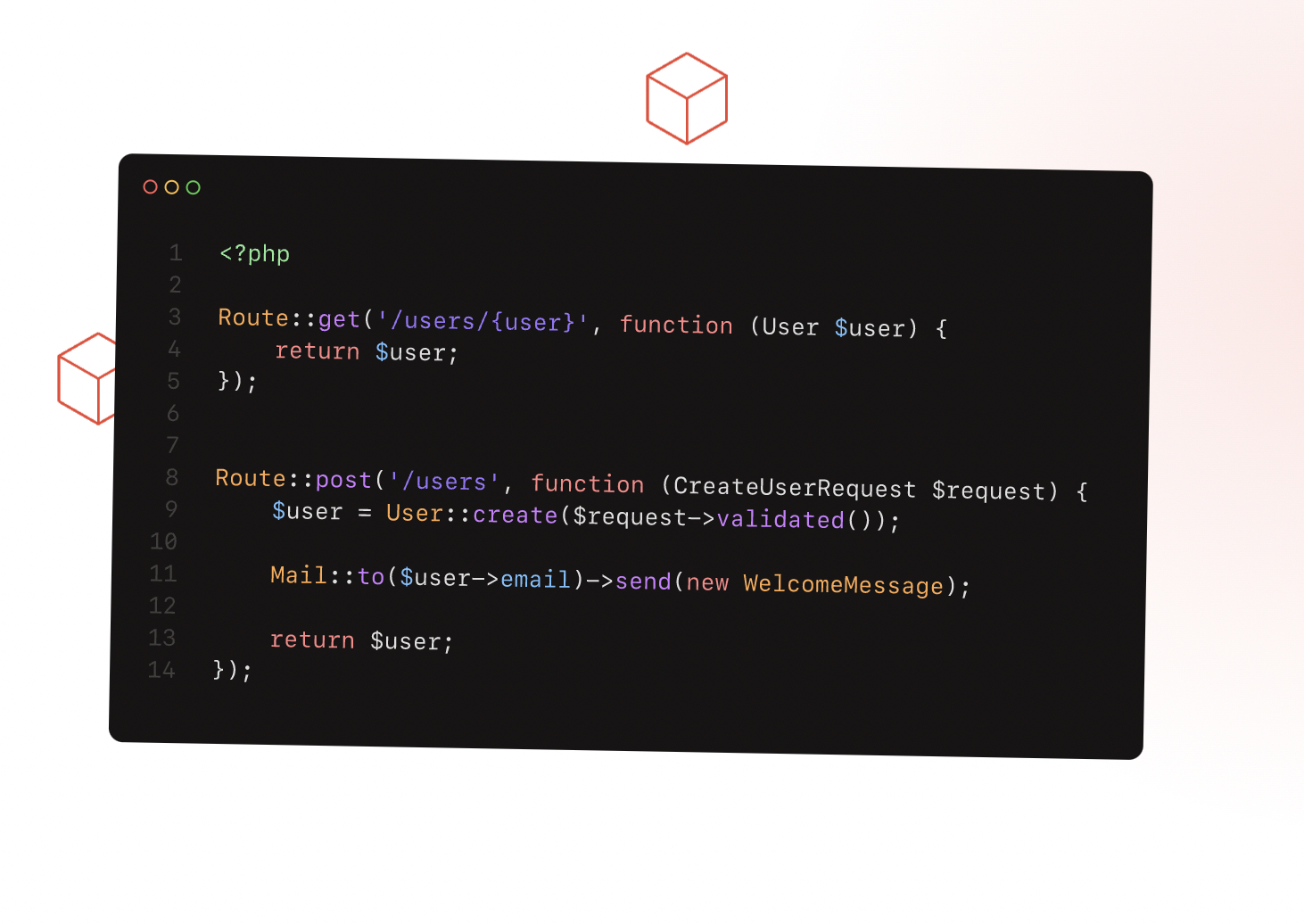Reverse Proxying Framer Through Laravel Web Framework
Posted on April 6, 2023 • 3 minutes • 598 words
Table of contents
Integrating Framer and Laravel: The Power of Reverse Proxying
As a developer, you may have encountered the challenge of seamlessly integrating your frontend and backend development workflows. One powerful solution to this problem is reverse proxying, which allows you to serve your Framer-based designs and prototypes through a backend framework like Laravel.
In this article, we’ll explore the process of reverse proxying Framer through the Laravel web framework, enabling you to leverage the strengths of both platforms and create a cohesive and efficient development experience.
Understanding Reverse Proxying
Reverse proxying is a technique where a server (in this case, Laravel) acts as an intermediary between the client (the user’s browser) and the origin server (Framer). When a user requests a resource, the reverse proxy forwards the request to the origin server, retrieves the response, and then serves it back to the user.
This approach offers several benefits, including:
-
Centralized Control: By reverse proxying Framer through Laravel, you can maintain a single point of control for your application, making it easier to manage and maintain.
-
Seamless Integration: Reverse proxying allows you to seamlessly integrate your Framer-based frontend with your Laravel-powered backend, creating a cohesive user experience.
-
Enhanced Security: Reverse proxying can help improve the security of your application by adding an additional layer of protection and filtering requests before they reach the origin server.
Implementing Reverse Proxying with Laravel
To reverse proxy Framer through Laravel, follow these steps:
-
Set up Laravel: Begin by setting up a new Laravel project or using an existing one.
-
Install the Framer SDK: Install the Framer SDK in your Laravel project using Composer:
composer require framer/sdk -
Create a Reverse Proxy Route: In your Laravel application, create a route that will handle the reverse proxying of Framer requests. You can do this by adding the following code to your
routes/web.phpfile:Route::any('/framer/{path?}', function ($path = null) { $framerUrl = 'https://framer.com'; $url = $framerUrl . '/' . ($path ?: ''); $response = Http::withHeaders([ 'Accept' => 'text/html,application/xhtml+xml,application/xml;q=0.9,image/webp,*/*;q=0.8', 'User-Agent' => 'Mozilla/5.0 (Windows NT 10.0; Win64; x64) AppleWebKit/537.36 (KHTML, like Gecko) Chrome/58.0.3029.110 Safari/537.3' ])->get($url); return response($response->body(), $response->status()) ->header('Content-Type', $response->header('Content-Type')); })->where('path', '.*');This route will forward any requests to the
/framerendpoint to the Framer website, effectively reverse proxying the Framer content through your Laravel application. -
Update Your Framer Project: In your Framer project, update the URLs to point to your Laravel application’s
/framerendpoint. For example, if your Laravel application is running athttp://example.com, you would update your Framer project to usehttp://example.com/frameras the base URL. -
Test the Integration: Run your Laravel application and navigate to the
/framerendpoint. You should see your Framer-based designs and prototypes being served through your Laravel application.
Customizing the Reverse Proxy
Depending on your specific requirements, you may want to customize the reverse proxy behavior. For example, you could:
- Implement Authentication: Add authentication checks to the reverse proxy route to ensure only authorized users can access the Framer content.
- Cache Responses: Leverage Laravel’s caching mechanisms to cache the Framer responses, improving the performance of your application.
- Handle Dynamic Content: If your Framer project includes dynamic content, you may need to handle that within the reverse proxy route.
Enhancing Reverse Proxying with Caching
In addition to seamlessly integrating content from any source into your web application, it’s crucial to optimize the performance of your reverse proxy setup. One effective way to do this is by implementing caching. This ensures that once a design or content is loaded, subsequent requests for the same content are served from the cache, reducing the load on the original servers and improving the response time for your users.

